Whether you’re a fitness newbie or a former athlete getting back into the game, it’s never too late to start (or restart) a fitness routine. But before you take off running full-steam ahead, ask yourself: Am I fully prepared in both mind and body for the journey?
Here’s a scary stat: Studies indicate that 50 percent of people starting an exercise program call it quits within the first six months. Despite starting with fervor, enthusiasm and all the best intentions, many people face setbacks like loss of focus, burnout and injury when starting a new workout program.
Don’t be one of them! Follow these tips to safely start a new workout or training program. And, most of all, enjoy the process.
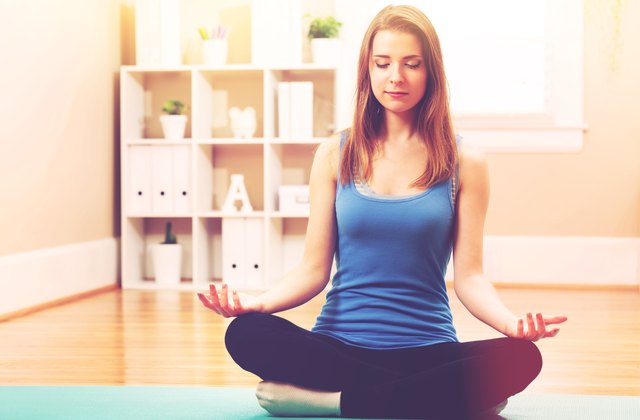
Step 1: Prepare Your Mind
Even if your goal is purely aesthetic (nothing wrong with wanting to look good in a bathing suit), you first need to get your mind on board. Your mind fears change. So whatever you’re currently doing — the strength-training routine you started in college, the same old jogging route or going straight home after work and sitting in front of the TV — your mind and body are comfortable just the way they are.
To break out of your brain’s comfort zone and see real, lasting results, you must first ask yourself: Why do I want to start a new workout or training program?
Next, strengthen the bond to your why by getting informed and inspired. Scientific data and friends or role models who have already conquered what you’ve set out to do provide reassurance that you are making the right choice and can be successful, too.
It’s also important to recognize how you’ve reacted to similar situations or changes in the past. What’s your attitude toward starting something new? Do you rush toward the finish line at whatever cost? Do you have a tendency to throw in the towel if you don’t have immediate success? Or do you lose focus and jump to new activities without finishing what you started?
By cultivating awareness of how you approach a new activity or the learning process in general you can choose to overcome resistance when it arises and alter thoughts and old patterns to align with success.
Step 2: Prepare Your Body to Move
Your body is made to move, but unfortunately, today’s world has many people at a standstill — whether it’s sitting in traffic, at a desk or on the couch. The lack of movement causes a number of postural and movement dysfunctions that need to be addressed in order to work out safely. No matter what specific skills or techniques your new workout entails, you must first be able to move your body as it was made to move — multidimensionally.
Here are five ways to prep your body for a new workout:
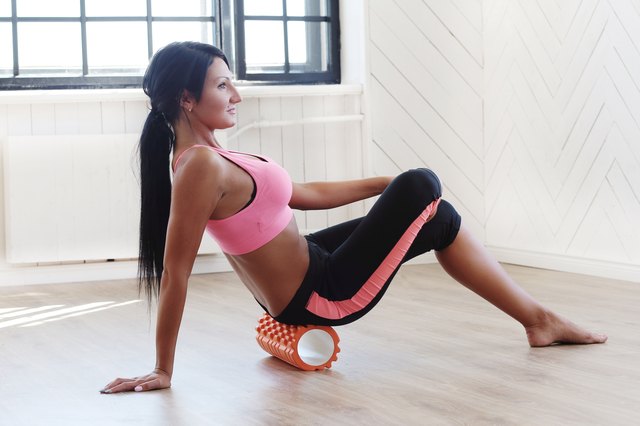
1. Release Tension
Stress from daily living and repetitive motions takes a toll on the body, commonly in the form of aches and pains from knots in your muscles. The good news is you don’t need a sports masseuse to accompany you to each of your workouts; a foam roller will do just fine. Foam rolling is a technique for releasing knots and built-up tension so you can restore balance to your body and avoid injury. Try focusing on your calves, IT bands (side of your leg from hip to knee), back and chest.
2. Perform Daily Joint-Mobility Exercises
Unlike muscles, joints have no direct blood supply. They rely on synovial fluid to wash away waste products that build up and compromise the integrity of the joint. A daily mobility routine helps lubricate the joints so you can move with more ease and less aches and pains.
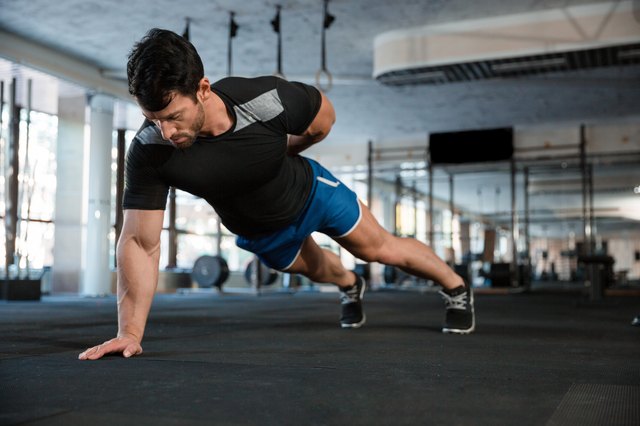
3. Address Muscle Imbalances
Muscles work like a pulley system: When one muscle or muscle group contracts or shortens, the opposing muscle or muscle group lengthens. When muscles are not at their appropriate lengths because of tension or differences in strength, muscle imbalances occur.
Overly tight muscles can tug on joints, affecting posture and gait, while weak muscles force other muscles to pick up the slack, creating overuse injuries when not properly addressed. In addition to imbalances between opposing muscles or muscle groups, lack of strength in stabilizing muscles around the joint can impair movement and lead to aches and pains or injuries.
To work toward balance in your body, incorporate a functional-strength training routine into your workout regimen that addresses basic moves like the squat, push-up, deadlift and row as well as specific exercises that counterbalance repetitive movements of your new activity.
For example, running is a forward motion that primarily taxes the calves and quadriceps. Train for harmony by strengthening the hamstrings and anterior tibialis muscles of the legs and incorporating lateral and backward motion into your workout.
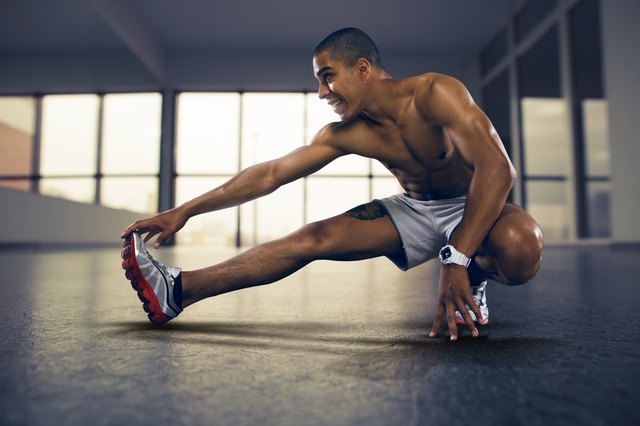
4. Gain Flexibility
Flexibility is not some rare gift that only certain people have and others do not. It’s a component of fitness that can be enhanced with proper training. A more flexible body means you don’t break easily under pressure, but a body that is too flexible struggles to maintain structure. So, once again, it’s all about balance.
Key areas to focus on are the hip flexors, low back, chest and calves. Try these stretches to get you started:
- Low Lunge With Side Bend: Start in a low lunge with your right leg forward and knee bent at a 90-degree angle. Keep your hips square to the front of your mat. Avoid leaning into the pose and overarching the low back. Place your right hand on your thigh for support. With an inhale, reach your left arm up. Exhale as you bend to the right side. Repeat on the opposite leg/side.
- Pectoral Wall Stretch: Stand in line with a doorway or pole. Place your arm against the wall or pole. Rotate your body away from the wall. Hold for 20 to 30 seconds. Repeat on the other arm.
- Reclined Spinal Twist: Start lying on your back with legs extended out. Hug your right knee to your chest. Release your right arm out to the right with the palm facing up. Look to the right. Drop your right knee over to the left side of your body. Scoot your left hip back one to two inches to the right for a deeper stretch.
- Standing Calf Stretch: Stand arm’s distance away from a wall. Lean forward and place your hands on the wall at shoulder height. Stagger your legs, sending one leg back behind you about two feet with the heel grounded to stretch the calf muscles. Deepen the bend into the front knee, keeping the knee over the ankle. Hold the stretch for 30 seconds. Repeat on the other side.
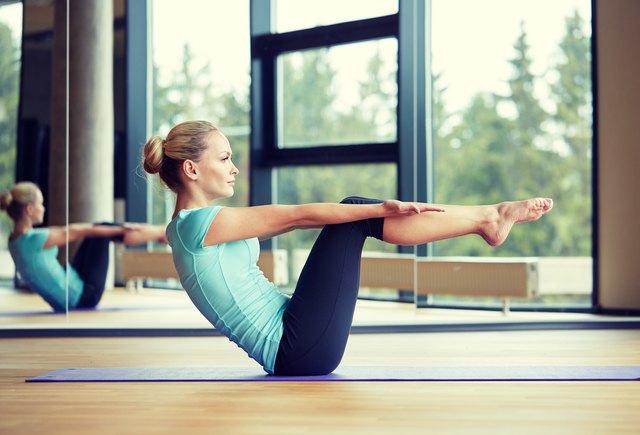
5. Improve Core Strength
Your core is your power center. The stronger your core — which includes your abdominals, glutes, obliques and hip flexors — the more powerful and efficient you’ll be. A strong core also helps prevent lower-back and spinal injuries because the core muscles stabilize the spine. To get started, work on core-stabilization exercises, such as the bridge and straight-arm, forearm and side planks, Try holding these poses for up to 90 seconds.
Step 3: Be Specific and Practice, Practice, Practice!
Now that your mind is prepped and your muscles are primed to move, it’s time to get specific! What exactly do you want to do? Do you want to run a 5K? Build muscle and strength? Gain flexibility and body control in yoga? It’s important to choose one main goal to work toward, since different disciplines have different physical and mental demands. Having specific markers to work toward and surpass helps build confidence and fuel your continued motivation.
Physiologically, when you learn new movements, routines and skills, your brain and nervous system get an upgrade because it reorganizes itself to build new neural pathways for new skills. Then it takes lots of practice for your brain and body to become efficient at the skill, so don’t be so hard on yourself if you’re not a pro right away. Focus on the small wins — they’ll eventually add up and you’ll reap huge gains!
Here are some guidelines to help you move toward a workout of your choice:
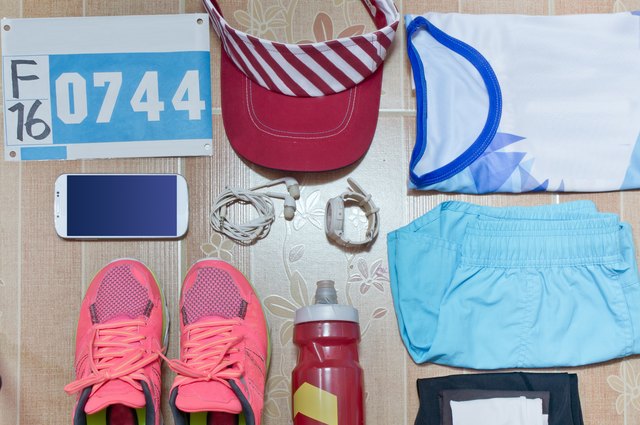
Goal: Run Your First 5K
- Get Proper Shoes: It’s wise to go to your local running store to have your feet fitted and get advice from the pros.
- Focus on Time, Not Mileage: Don’t get caught up on how fast you used to be able to run a mile. Run at a pace that’s challenging (but not overwhelming) for one minute, then walk for one minute and repeat this for a total of 20 minutes. As you feel ready, increase your running time to 90 seconds and walk for 60 seconds, progressing to running for two minutes and walking for 30 seconds. Soon enough you’ll be running for the full 20 minutes. Add on time until you can run for 30 uninterrupted minutes before incorporating speed training.
- Join a Running Group: Running is an excellent social activity. It can help you break through barriers and encourage you to lace up your shoes even when it’s tempting to hit the snooze button.

Goal: Increase Strength and Build Lean Muscle Mass
Strength training breaks down muscle fibers, so too much too soon can leave you sore for days. And if the movements are performed improperly you can damage tendons and ligaments, which can set you up for injuries. Start with body-weight exercises like squats, lunges and push-ups or lighter weights and higher reps.
Sample Routine:
- Perform in a circuit. Complete two rounds, resting two minutes between rounds.
- 1-minute wall sit
- 10 push-ups
- 10 TRX neutral-grip rows
- 10 box squats
- 10 TRX wide-grip rows
- 20 walking lunges (10 each side)
- 1-minute forearm plank
- 30 bicycle crunches
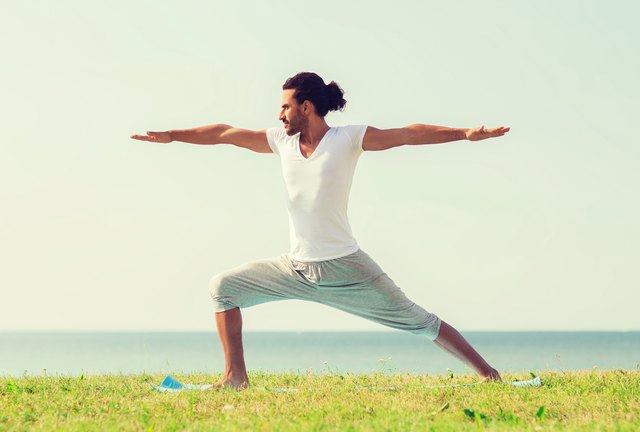
Goal: Gain Flexibility and Body Control in Yoga
1. Choose Your Style of Yoga: There are many different styles of yoga, from relaxing yin and restorative classes to physically demanding classes like power yoga or Ashtanga. Speak with a teacher or studio representative to learn what fits your goals and personality.
2. Let Go of Competition: Yoga is a practice of self-discovery. Just because the person next to you may be jumping or floating back into chaturanga from handstand position or flattening their chest to the floor in a wide-leg forward fold doesn’t mean you have to match or beat them. Accept where you are and allow your practice to unfold.
3. Break Down Each Pose: If your wrist or shoulders are in pain in downward-facing dog, track the movement back all the way to your hands: Are you pressing into your hands, externally rotating at the elbows and engaging your back to bring your shoulders away from the ears? When it comes to building body control, take your time to feel what’s happening.
Starting a new workout or getting back in the game of fitness after a long hiatus is never easy mentally, emotionally or physically. But it’s when you overcome resistance, ignite self-confidence as you master something new and prove to yourself that you can reach your goals that you grow exponentially. Keep reaching for new heights, be prepared for the journey and enjoy the process!
No comments:
Post a Comment